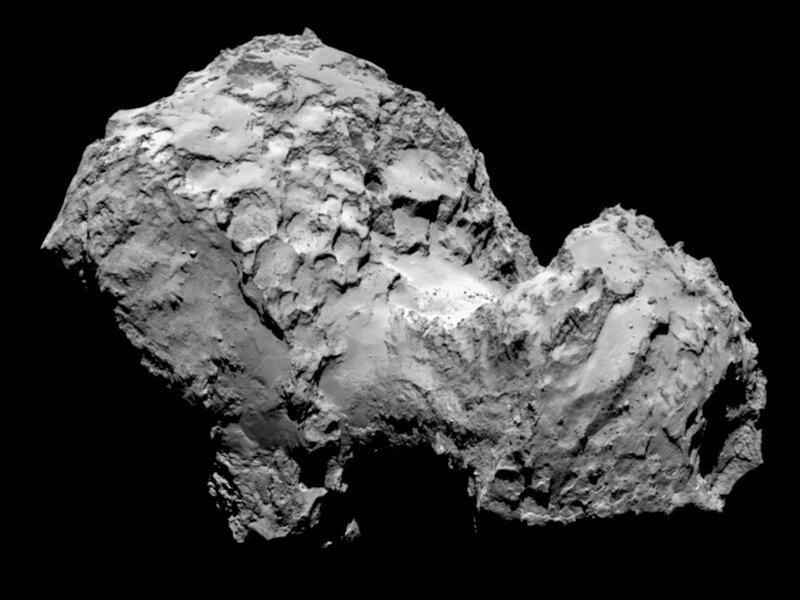Why do comets smell so bad?
Loading...
A robotic space probe has been catching whiffs of a comet, and it is apparently rather malodorous.
Tucked aboard the European Space Agency's Rosetta spacecraft, which is currently preparing to drop a lander on Comet 67P/Churyumov–Gerasimenko, some 250 million miles from the sun, is the Rosetta Orbiter Sensor for Ion and Neutral Analysis. ROSINA, as the spacecraft's "nose" is called, has picked up on some new molecules in 67P/C-G which suggest that, as the European Space Agency put it: "If you could smell the comet, you would probably wish that you hadn't."
Rosetta, which has been sniffing the fumes of the comet since early August with its two mass spectrometers recently detected formaldehyde (CH2O), hydrogen sulphide (H2S), hydrogen cyanide (HCN), sulphur dioxide (SO2), carbon disulphide (CS2). These grow the list of previously detected water (H2O), carbon monoxide (CO), carbon dioxide (CO2), ammonia (NH3), methane (CH4), methanol (CH3OH).
In an ESA press release, Kathrin Altwegg, a lead scientist on the project, explained, "The perfume of 67P/C-G is quite strong, with the odour of rotten eggs (hydrogen sulphide), horse stable (ammonia), and the pungent, suffocating odour of formaldehyde. This is mixed with the faint, bitter, almond-like aroma of hydrogen cyanide. Add some whiff of alcohol (methanol) to this mixture, paired with the vinegar-like aroma of sulphur dioxide and a hint of the sweet aromatic scent of carbon disulphide, and you arrive at the 'perfume' of our comet."
But sniffs aside, the detailed analysis of the noxious mixture, and how it varies as 67P/C-G grows more active, will allow scientists to determine the comet's makeup, according to the European Space Agency. Researchers can then compare 67P/C-G with other comets, such as those originating from the Kuiper Belt, and those hailing from the distant Oort cloud (like Comet Siding Spring, which recently flew past Mars).
"The goal is to gain insights into the fundamental chemical makeup of the solar nebula from which our solar system and, ultimately, life itself emerged," according to the European Space Agency.





